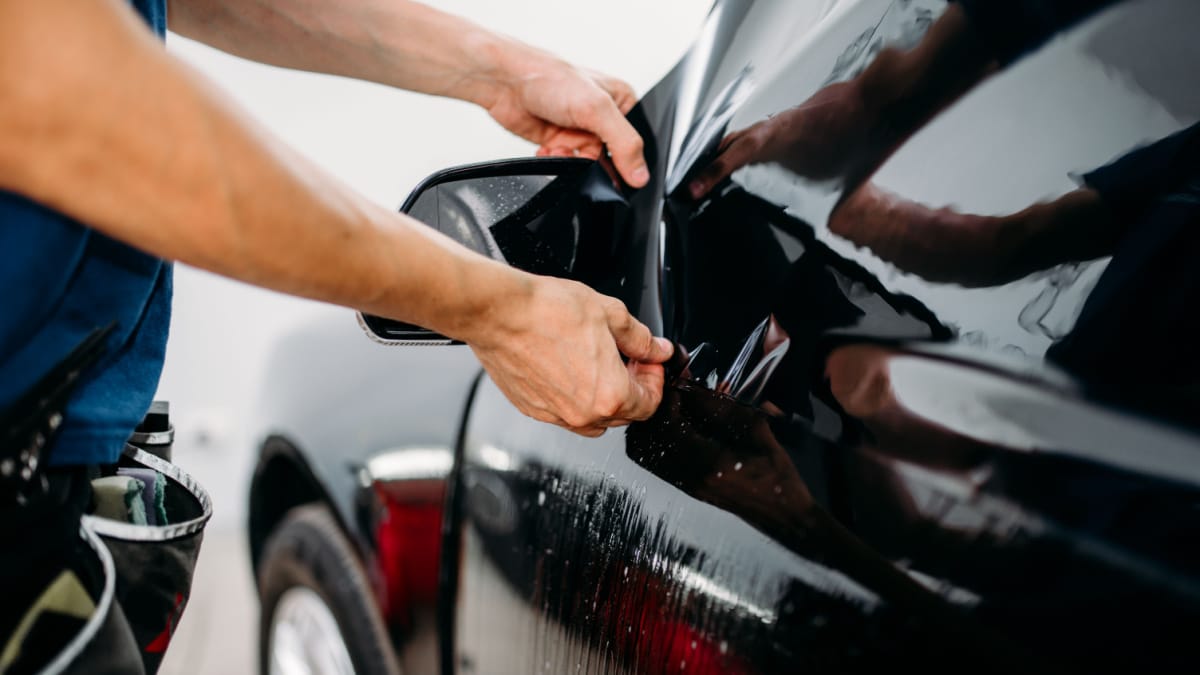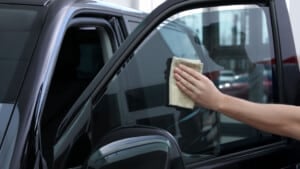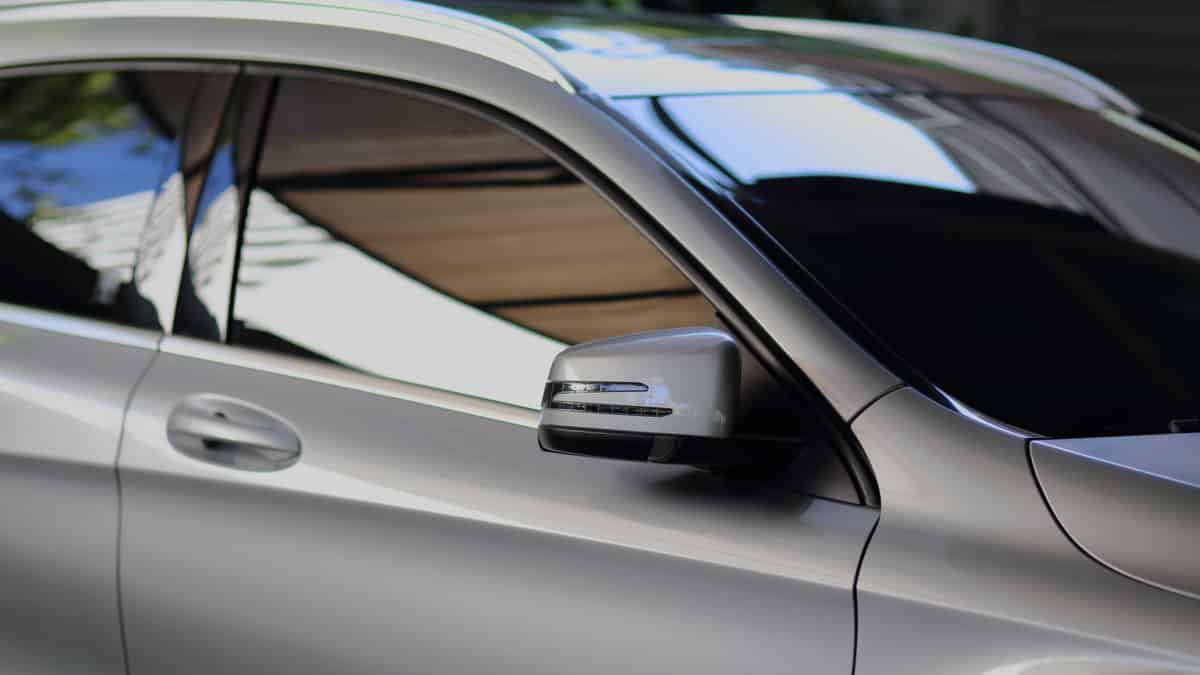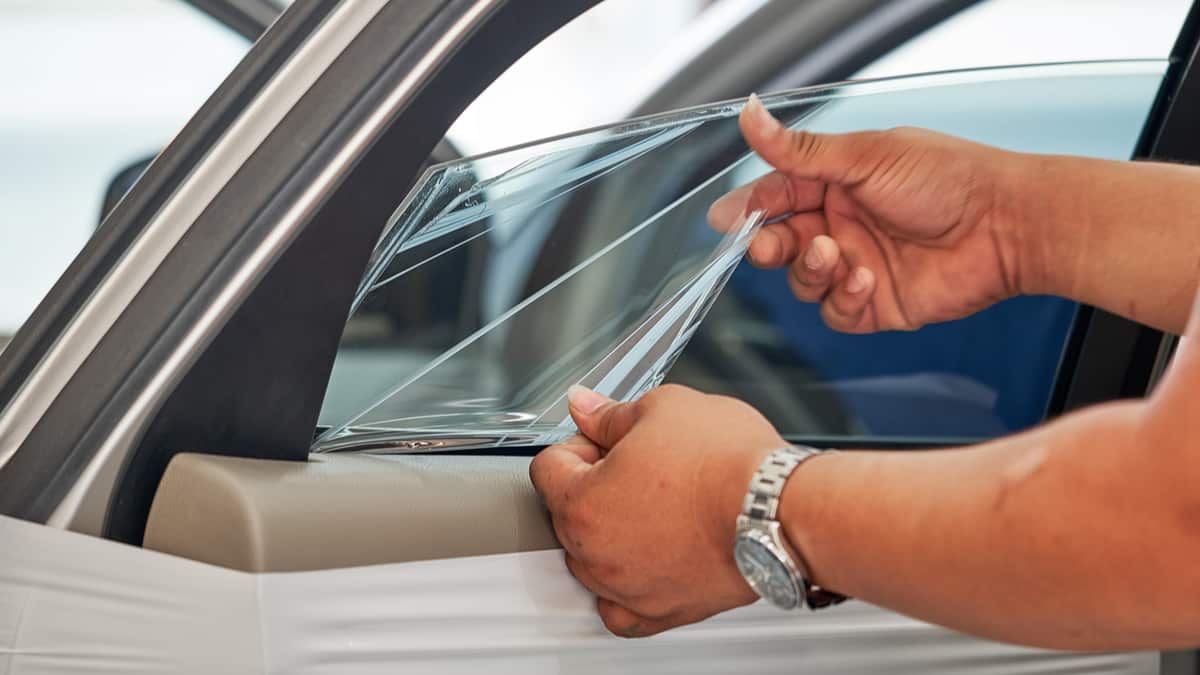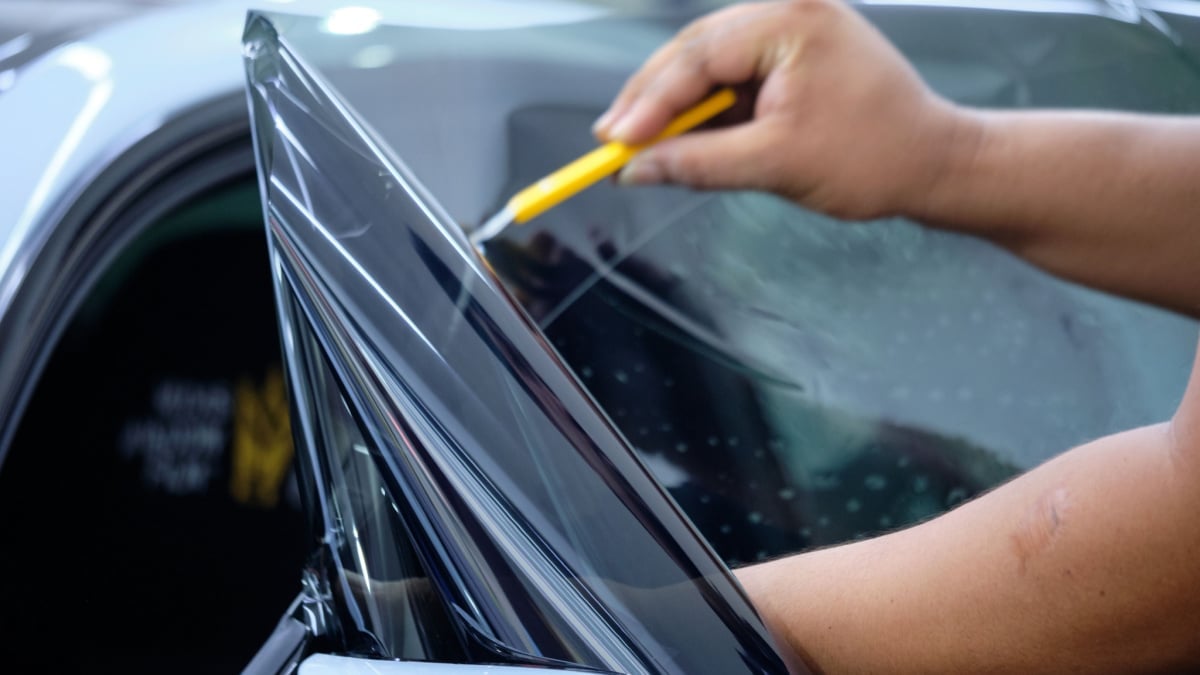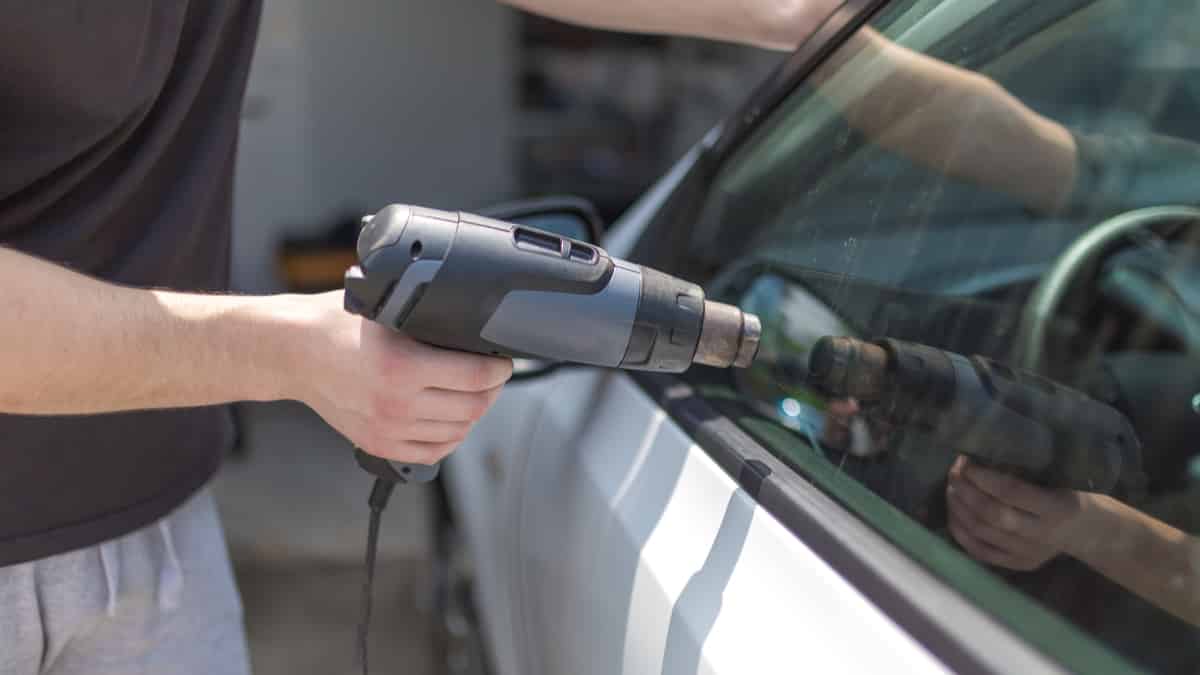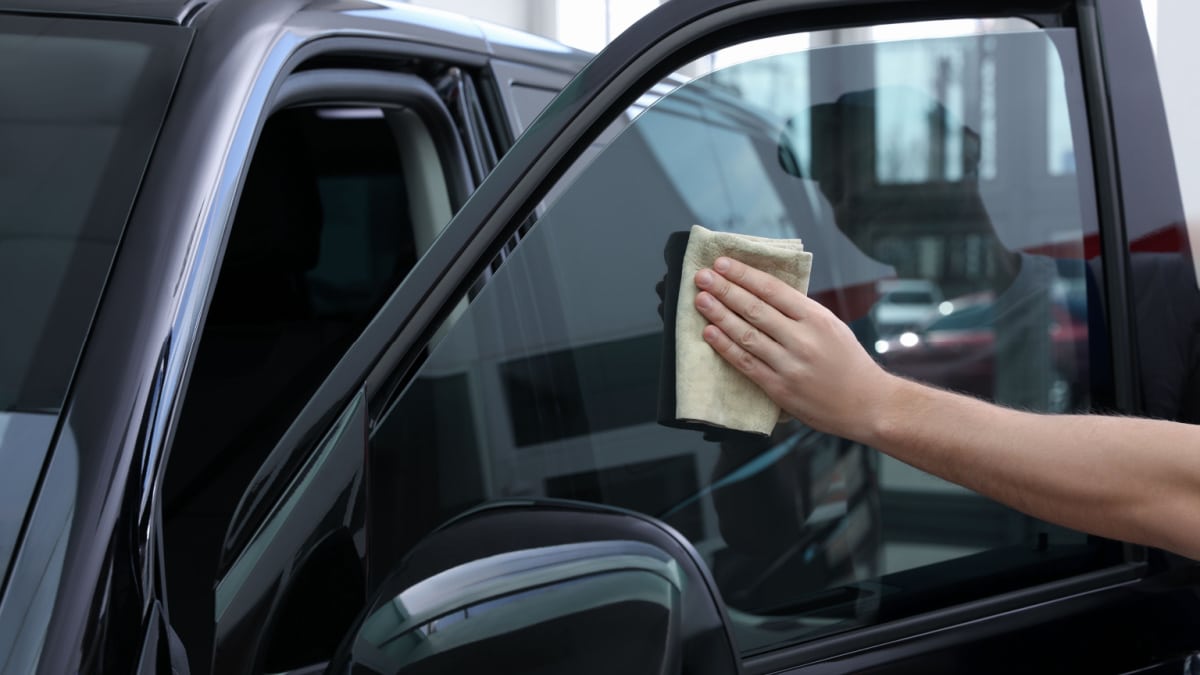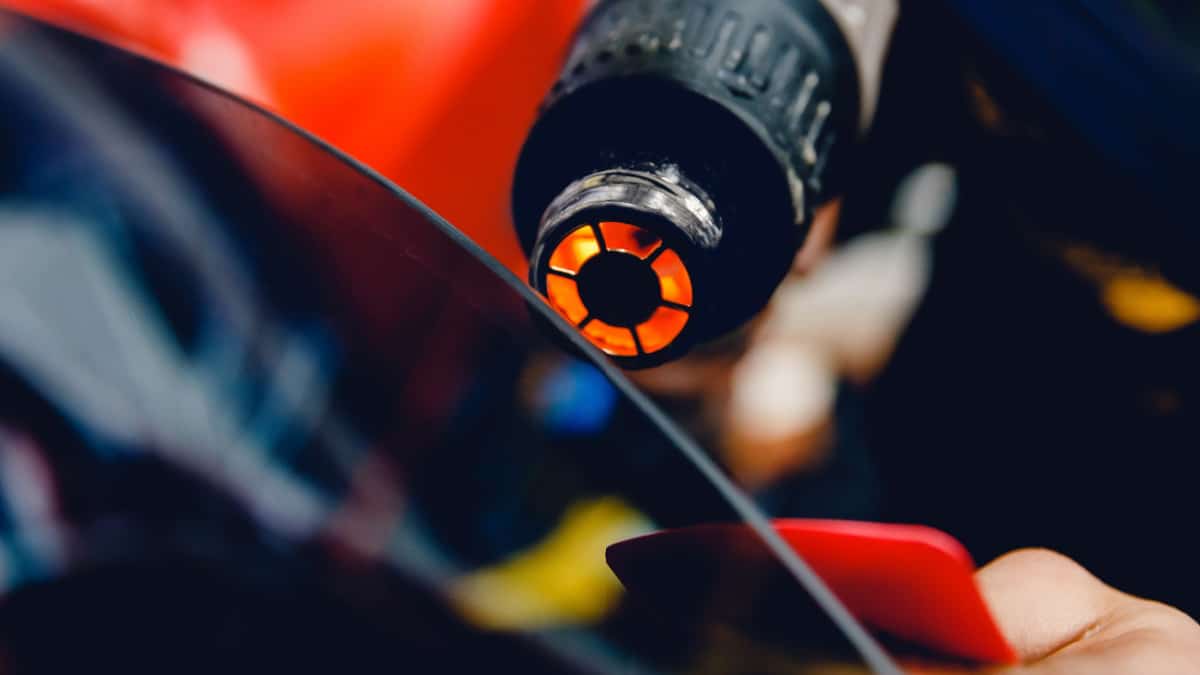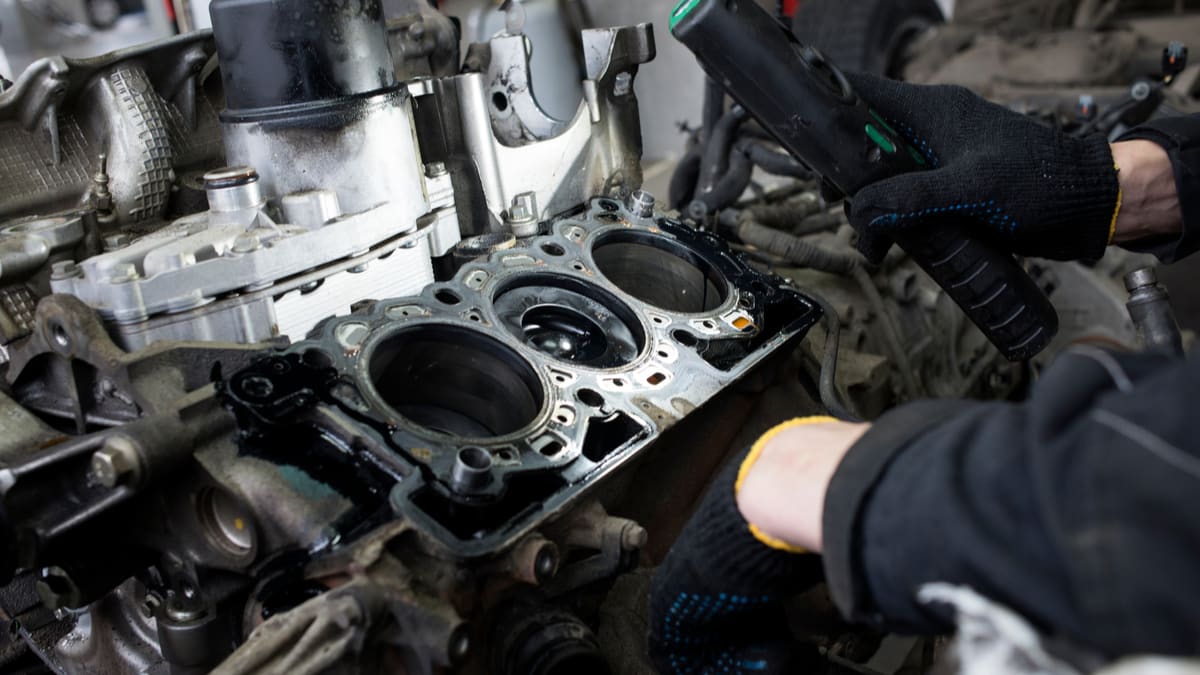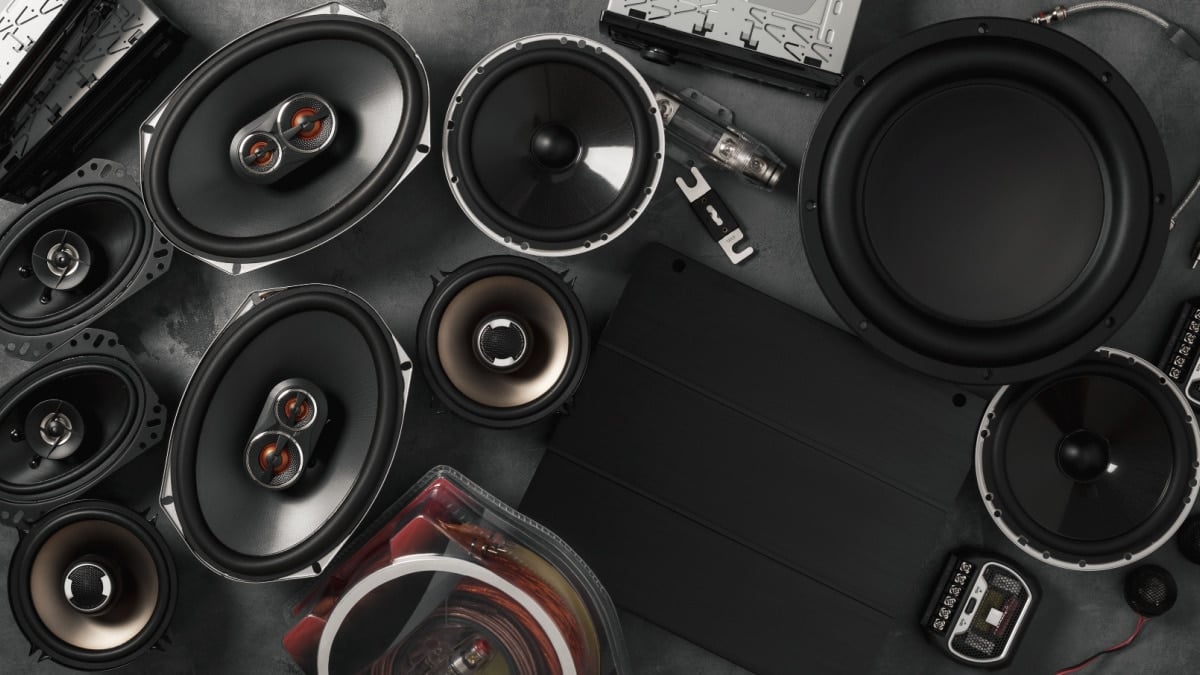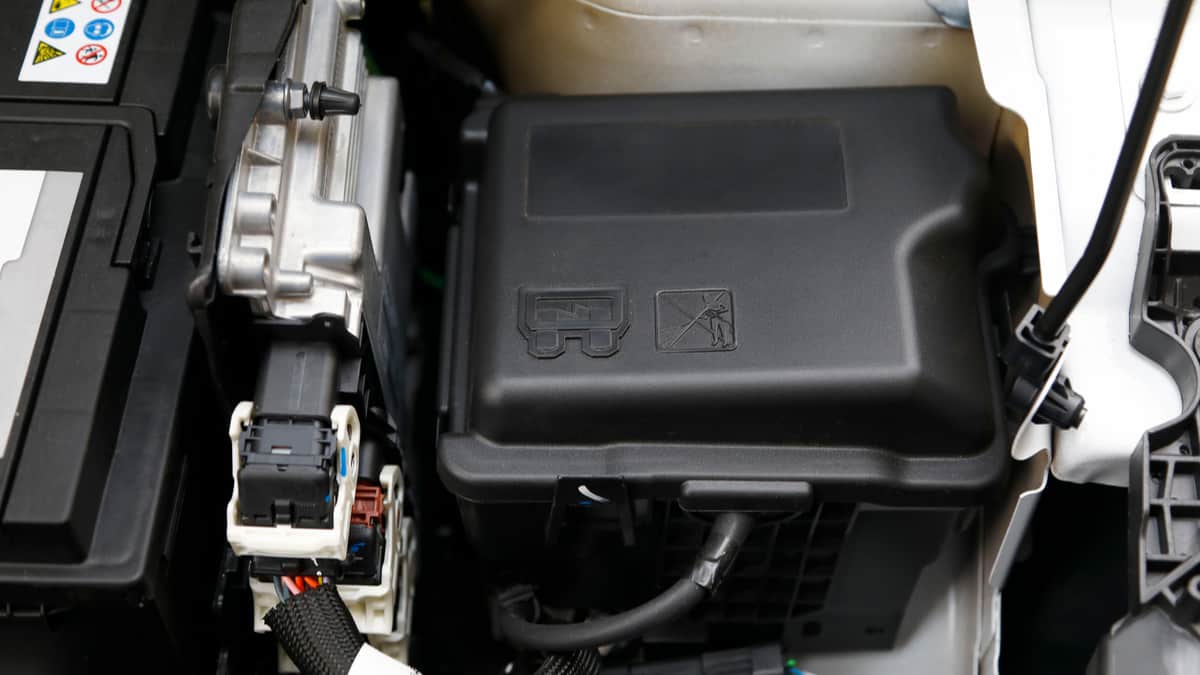If you are looking for maximum privacy while driving down the road, you’ve likely considered different tint levels. One of the top considerations is the 15% vs. 20% car window tint, but which one is best?
In this guide, we cover all of the main differences between 15% and 20% car window tint. We also show you which one is the better option and we discuss other tints you might not have thought about. At the end of article, we answer your top tinting questions.
Differences Between 15% vs. 20% Car Window Tint
15% is a darker tint than 20%, allowing less light to infiltrate. This darker color could make driving at night more difficult, but it will provide more privacy. However, in many states, you can’t legally go below 20% window tint on the front and driver-side windows, so you may not be able to choose 15% at all.
Here are some more detailed differences between the 15% and 20% car window tint:
1. Light Infiltration
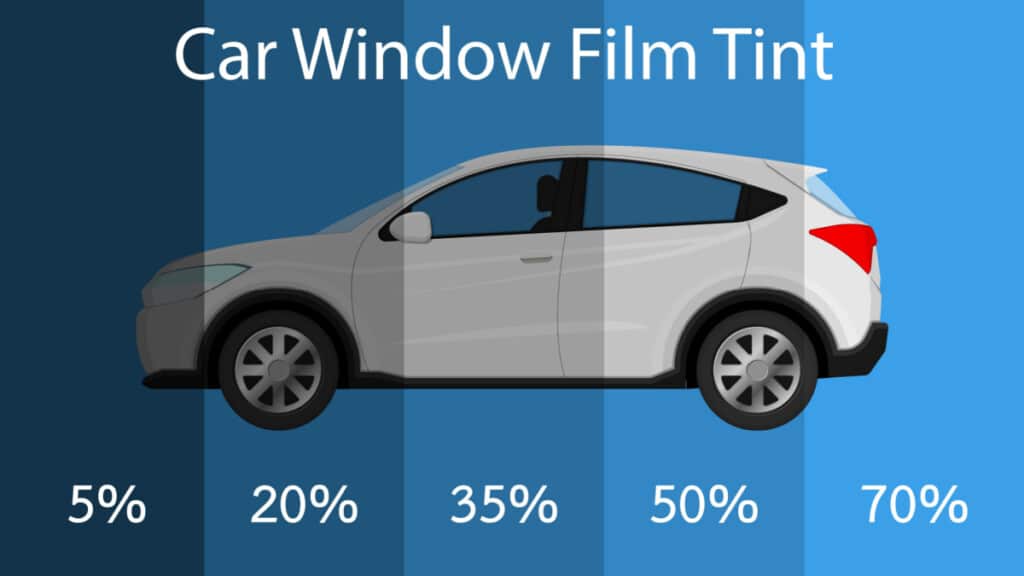
The biggest difference between the two tint levels is the light infiltration. Car tint is measured by Visible Light Transmission (VLT), which shows how dark the tint is. The higher the VLT rating is, the more light can penetrate the auto glass. On the flip side, a lower percentage reveals that most of the sunlight is reflected away from the glass.
Car window tint that has a 15% VLT will reflect nearly 85% of sunlight. In comparison, 20% tint is going to reflect 80%.
2. Night Driving
It’s much more difficult to drive at night, even with no tint on the windows. However, adding tint can only make it more dangerous.
If the tint is rated above 35%, you shouldn’t notice a huge decrease in nighttime visibility. However, anything lower than this is going to cause a change, so both are going to be relatively the same once the sun goes down.
3. Heat Rejection
Window tint doesn’t just reject light, it’s also going to keep heat out. The 15% window tint is going to block out most of the UV rays.
On the other hand, 20% tint will take care of 80% of the UV rays, so not quite as much. However, the difference in heat is so minimal you might not notice the difference.
4. Privacy
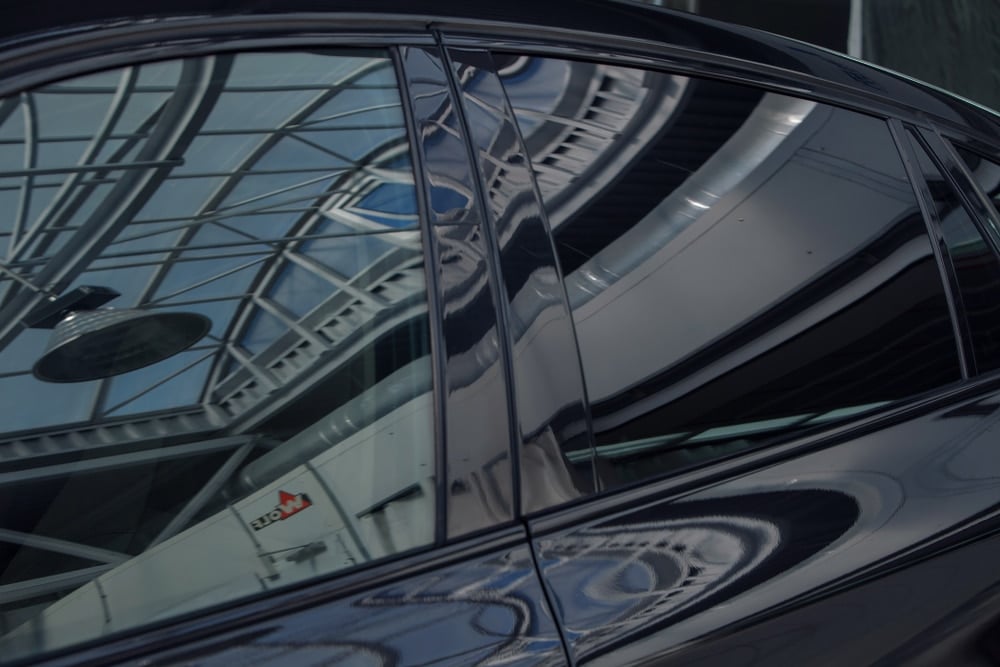
It’s also going to be hard to tell the difference in privacy. While 15% is going to offer slightly more than 20%, it will be minimal.
During daylight hours, you need to stand close to the car windows to see inside. However, looking in either at night should prove to be difficult.
5. Appearance
If you look at the two cars separately, the 15% and 20% car window tint are going to look similar. It’s when you put them side by side that you might notice a difference.
The 15% is going to be darker, but minimally. If you want the most dramatic appearance, you will want to go as dark as possible.
6. Legality
That brings us to the local laws in your area. In many states, the darkest window tint you can use is 20% on the front side windows.
If that’s the case, you won’t be able to choose a 15% tint. Check what your state allows before purchasing tint. You don’t want the expense of getting a ticket.
7. Cost
Price is something to consider whenever upgrading your vehicle. With that in mind, you aren’t going to notice a big price difference between the 15% and 20% tint.
Still, you may be able to save a small amount of money by going with the 20% tint. The labor costs won’t be any different based on which one you choose, so that’s a plus.
RELATED: How Much Does It Cost to Tint Car Windows?
15% vs. 20% Window Tint: What’s the Better Choice?
Based on what we’ve outlined above, you see that the majority of the differences aren’t big. Both window tints are going to block out a lot of light, offering a good share of privacy. It really comes down to your preferences and what’s allowed in your jurisdiction.
If you are driving in sunny conditions that are too hot, you likely want to block out as much light as possible. The darker you can go, the better. However, some drivers want more heat, especially when traveling in the winter months.
The only downside to going darker is the lack of visibility at night and the legal aspect. If you spend a lot of time navigating the roads in the dark, you may want to choose the lighter option just to make your commute a little easier.
RELATED: How To Choose Window Tint Percentage For Your Car (Guide)
Popular Window Car Tint Percentages
1. None
While this doesn’t seem like an option you might choose, we figured it was worth discussing. You always have the choice to keep your vehicle without any tint on the car windows.
While it was once commonplace for vehicles to come without tint, that isn’t usually the case with today’s cars. Many of them will roll out of the factory with a small level of tint installed just to keep the ride more enjoyable. If the car didn’t come from the factory with window tint, you can usually choose an upgrade for the factory to add it. Otherwise, you have to get the tint installed after the fact.
2. 85%
While the higher number on the 85% tint might make you believe it’s dark, the opposite is true. 85% car tint is going to allow most of the UV rays to continue shining through.
This lighter tint option allows plenty of warmth in and provides minimal privacy. It’s a great option if you want a unique look to your vehicle without blocking out the heat that’s needed in winter.
3. 50%
If you are looking to cut down on the UV rays by 50%, you will be happy with this window tint. It’s the perfect mix between privacy and practicality. By blocking out half of the sunlight, you can create a good balance in all seasons.
While the windows are darkened, people should still be able to look inside, especially when getting closer to the car. However, at night, it should provide a little more privacy.
4. 35%
For some people, 35% window tint is a more desirable option than 20%. If the 15% and 20% car tint seem to be too dark for your liking, you can choose the 35% tint instead.
With this tint, you get a little more privacy than the 50%, but you should still be able to see through the windows. Sunlight will also be reduced and UV rays are dramatically cut down.
5. 5%
Limo tint is another way of describing 5%. The reason it’s called this is because it’s not always legal unless you are a limo owner.
With 5% car window tint, you can’t see into the car at all. Everything that’s done inside is completely hidden, which is why law enforcement is sometimes against it.
Can People See Through 15% Tint?
The 15% tint blocks out a lot of light. From inside the car’s cabin, it will be more difficult to see out, especially at night. From the outside of the vehicle, you would need to put your head up to the window to see what’s happening inside. Even when you see inside, it will be hard to make out what you are viewing.
Is 20% Tint Dark Enough?
It depends on what you hope to do. 20% tint is good for creating privacy and blocking out light. Once someone is up close to the vehicle, they will be able to see inside, but it’s not easy. With that said, 20% tends to be one of the most popular options and is often legal to some extent.
What Percentage of Window Tint is Best?
If you want to block out about half of the UV rays and heat, 50% might be enough. By taking away half of the sunlight, you reduce eye strain and glare without making it too difficult to see outside. It’s also a great look for most vehicles. If you need more than this, we often recommend 35%. However, if you need even more privacy, you will be more apt to choose 20% or 15%.
What is the Darkest Tint You Can Get Legally?
Every state sets its own laws about window tint. You won’t find federal laws regarding the subject. All states set regulations for front and rear windows based on the VLT rating. If you exceed these regulations, you could be pulled over and given a ticket. You may also be asked to remove the window tint unless you have a note from a physician stating you need it because of a medical condition.
Is 10% or 5% Tint Darker?
The Visible Light Transmission (VLT) rating shows you how much visible light can penetrate through the windows. The lower this percentage is, the darker the tint is. Therefore, when looking at both 10% and 5% window tint, you know that the 5% is the darker option, often referred to as limo tint.
Are you ready to increase your privacy in the car and reduce the sunlight coming through the windows? By choosing the right amount of window tint, you can get everything you are hoping for. Among the top options, people are always looking at 15% vs. 20% car window tint.
After reading our guide, you should have a better understanding of which one is the better option for you. Check local laws and evaluate your needs before making your final decision.
Learn more:
- 10 Best Car Window Tints
- Is Mirror Tint Legal on a Car?
- Windshield Tint – Pros, Cons, Darkness & Is it Legal?
Categories: Cleaning & Detailing
